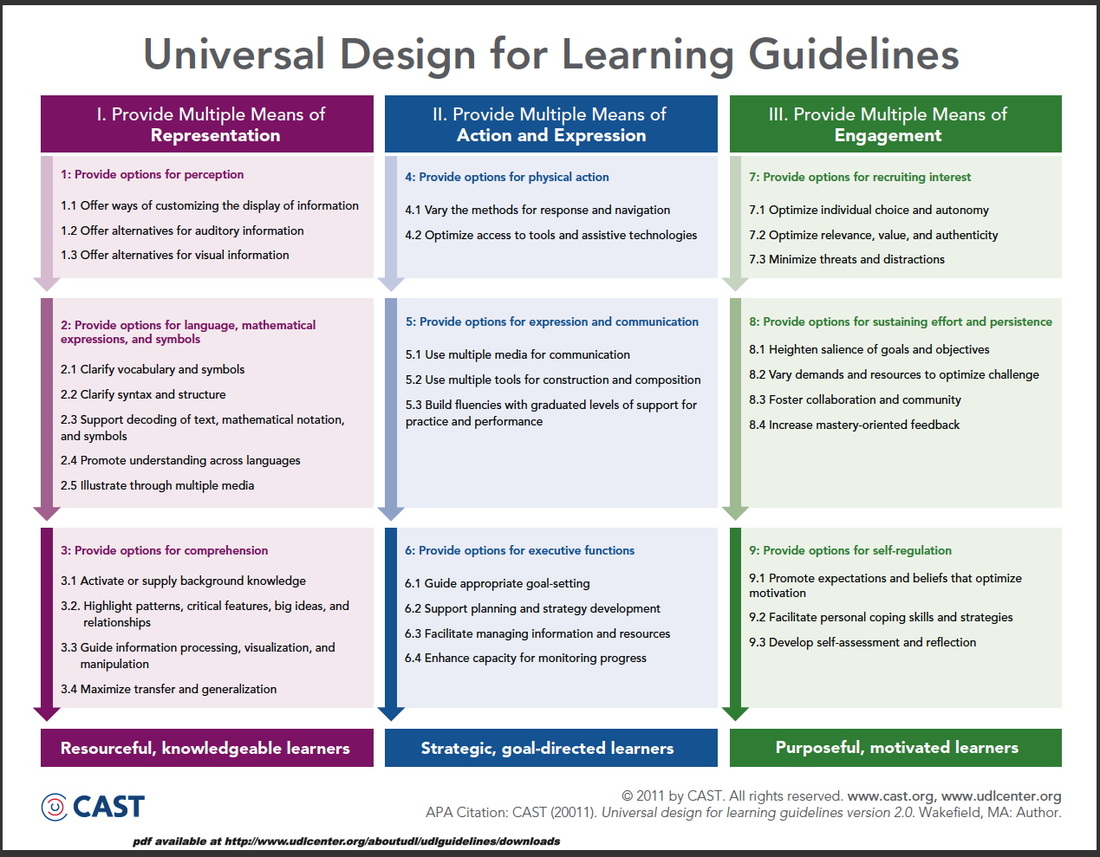Carl Moore
Increased student effort does not always guarantee academic success. In my ten-plus years as an academic support administrator in higher education, I found this to be true. My attempts to support students — providing them with guidance and proven study strategies — were sometimes undermined by instructors and learning spaces that did not meet the students’ learning needs. This phenomenon motivated me to investigate how the academy could hold educators more accountable for student success.
Through my research, I discovered canons of literature that alluded to the subversive ways in which learning structures can marginalize learners. On any given college campus, there are myriad potential learning spaces; the classroom is the only one that every student will encounter. But often the classroom contains unintentional barriers, because the instructor has not considered the diversity of learners and their needs.
How might educators proactively alleviate these barriers? My dissertation, Inclusive College Teaching: A Study of How Four Award-Winning Faculty Employ Universal Design Instruction, aimed to answer this question. It shed light on a multitude of inclusive teaching approaches that can be informed by the Universal Design for Learning framework. However, in my time working in faculty development, I have come to realize that the effectiveness of even these strategies heavily hinges on the mindset of the instructor.
Capacities-Based Mindset
Carol Dweck breaks down the concept of mindset into two categories: growth and fixed. A fixed mindset is a belief that people are inherently smart or dumb, good or bad, and that these characteristics will not change. People with this perspective commonly see challenges as a roadblock instead of an opportunity.
On the other hand, a growth mindset acknowledges that one can always gain knowledge and skills. This perspective enables teachers 1) to encourage students who are not succeeding to work harder to achieve, and 2) to challenge those who are succeeding to develop their learning muscles.
Dweck’s research yields evidence that instructors who communicate a growth mindset can cultivate like-minded students, which will nurture students’ academic resilience and increase the opportunity for student success.
A limited view of learners, however, has a deeper socio-psychological impact. Studies have shown that stereotype threat — which labels students in ways that impart low expectations — can undermine students’ academic performance.
To foster an inclusive classroom and an effective practice, educators must be willing to reflect on tacit personal biases and exclusionary teaching methods which limit students’ potential. Students’ chances of scholastic achievement are exponentially improved when their professors view them, separately and collectively, as capable learners.
Universal Design for Learning
Inclusive teaching frameworks like Universal Design for Learning (UDL) also call for educators to maintain a growth mindset. UDL invites educators to consider how a student’s range of strengths can be leveraged for learning.

Scholars posit that providing multiple modes of representation, engagement, and action and expression (assessment) best removes learning barriers from the classroom. This means presenting content in diverse ways, such as through speakers, demonstrations, and videos; interacting with students both in and out of class as well as addressing each one by name; and evaluating their progress toward achieving learning outcomes through means other than tests or essays. Instructors can seamlessly incorporate these strategies into their pedagogy in order to meet a wide range of learning needs.
Key Takeaways
With a growth mindset and UDL as a guide, professors can better educate a broad spectrum of learners and more effectively address the needs of traditionally marginalized groups. Inclusive teaching does not mean lowering the standards or goals for a course. It does, however, allow educators to create multiple, dynamic pathways for students to reach those goals.
Let’s Exchange EDvice…
What do you do to encourage success for all of your diverse students? How do you leverage a variety of teaching approaches to give students mutliple pathways to learning?- – –
Carl Moore joined the TLC as an Assistant Director in January 2013 and has infused UDL in many of the workshops, encouraging educators to see inclusive and effective teaching as one and the same. Next academic year (2014-2015) Carl will conduct an Inclusive Teaching with Technology Teaching Circle. This teaching circle will provide Temple faculty with an opportunity to reflect deeply on their teaching practices and create course materials that are accessible to a range of abilities.